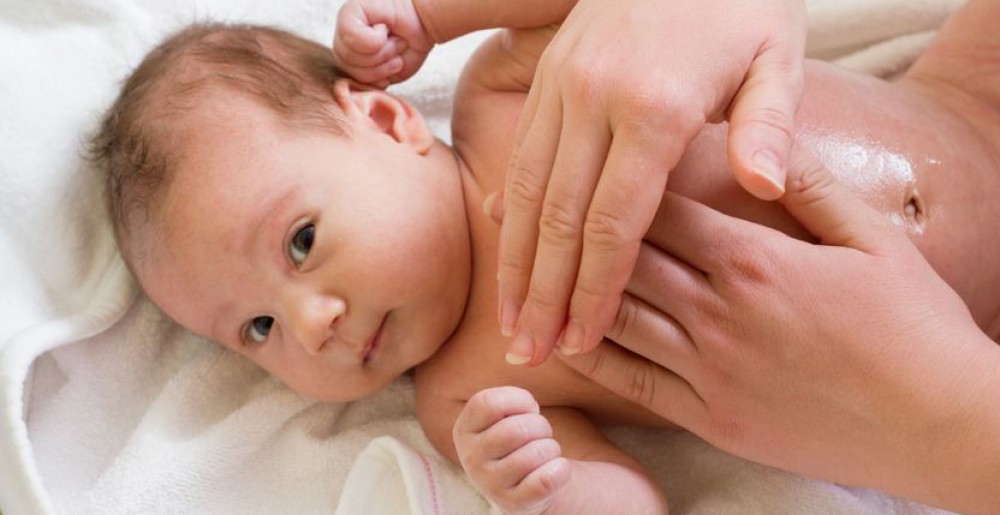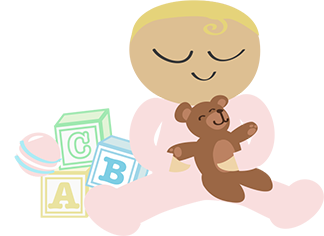In every spiritual tradition in the world you will find the key to true enlightenment is to “be here now.” That means to be in the present, in the moment, with no thought in your mind about the past, the future, or what is happening anywhere but where you are. A simple teaching, but increasingly difficult to achieve in a world in which we are constantly bombarded by distracting stimuli. But it is only difficult because of the way we are raised and conditioned, not because it goes against the natural flow of who we are.
In older times this teaching was easier to follow because the center of life was relatively small. It must have been more natural to keep your mind in the present if you lived in a village or on a farm with no transportation except a horse or mule and no television or radio or other technology, and in order to survive, you had to move from task to task each day. I noticed this in my travels to India years ago. In the country villages, not much that went on beyond the compound made any difference. Each day was concerned with what was going on at the moment, and plans for the future were limited. Ruminating on the old days was the pastime of the elders, whose memories served as teachings for you. I believe this is one reason I found it so much easier to meditate in these places — the present moment permeated all existence, and the pressure to be somewhere else was not there.
The Girl with the Pot on Her Head
There is a fable I often heard in India, in different versions but with the same ending. A simple, orphaned village girl lived in a hut, and her only possessions were a cow and a jug for its milk. Each day she took the jug full of milk to the market to sell.
One day this girl became possessed by ideas about the future, as she set the jug of milk on her head and began to walk to the village market. In her mind, she began to plan. If she could save half the money from this jug of milk, and so on each day for so many days, she would have enough money to buy a goat. Then if she could make cheese from the goat milk, and take it with her to the market and sell both milk and cheese, she could double her money. She went on like this until, in her mind, she could attract the most handsome and prosperous young man in the village to be her husband, and life for her would be so much easier! At that moment, she felt so much happiness she jumped for joy. The pot on her head clattered to the ground, spilling all the milk and breaking into a thousand pieces.
Being present doesn’t require that we have no dreams or plans for the future, but it does require that we set aside times to make those plans in a way that involves concrete steps with reachable goals, and that we then return our minds to the present moment to experience it. We may also need to set aside appropriate time for reviewing the past in order to learn from it which remembering to return our minds to the present again, for the present is all we really have. The past and the future don’t exist, so if we miss the present moment we are living in a world that doesn’t exist and therefore does not matter and doesn’t nourish our souls.
Process and Goal
Being present allows you to give yourself more to the process rather than the goal. Modern people are very goal oriented; we want machines to do all the processing for us so we can have the result to enjoy right now. You don’t need to build your own car or bake your own bread to be in the present when you enjoy having them. But because much of what we really want is not what we think we want, it is hard for us to enjoy the process of each day’s passing.
We think we want a new car. It will bring us happiness, a feeling of security and accomplishment, and make our lives easier. When we get a new car, our minds are on something else we want for the exact same reasons, and we begin to complain about the car payments and dream about a day when we no longer have to worry about them. But by the time that day comes, we will either have new car payments or something else to worry about. Most of what we worry about never happens, and when we achieve our goals the feeling of satisfaction and joy we get only lasts a limited time, then we must have new goals and achievements to look forward to.
I learned this fairly quickly as a writer and an artist. The published book and the “Best of Show” awards have their moments of true joy, completion, and satisfaction about a job well done. But by the time those moments arrive, my mind was usually well into another project. I realized early on that the doing of the thing is more important than the result.
The process itself is a kind of meditation for me. I learn about timeless things from the concrete work that comes from my mind, heart, and hands; patience, perseverance, faith, flow, and presence. Misery only comes when my limited mind takes the driver’s seat. I begin to worry about selling or showing my work, or I compare my work with that of others, or obsess about how others will judge it. I have many examples of art pieces that I sent to juried or judged shows, and that came back with comments from the judges. On one piece, there are comments about certain aspects “needing work,” while another judge at another show will praise those same things a “excellent, very fine work.” Ideally, I listen to both, see whether the criticism has any learning value, and then put them both away in favor of what I think and feel about the work.
A recent example is when I was giving the keynote speech at an international conference of the International Association of Infant Massage in Spain. I had prepared a speech that I was very excited about. Knowing the importance of visualizing what I want, I did so. When it was time to give my speech, the outer atmosphere was completely different than what I had imagined — the room was a kind of party atmosphere, with no chairs for participants! Speaking to a big group of people standing threw me off completely. I began to speak, and searching the room for friendly faces, I managed to focus on a few people who were solemn and didn’t seem to be enjoying themselves at all. As the moments went by, I became stressed, my mouth dried up and I had to drink water every few minutes. I left out a large part of the speech in a desperate attempt to end it. I managed to get across most of what I wanted to — but the moment was almost ruined for me. I’m pretty sure the audience didn’t think it was a disaster, as I did.
I berated myself, what had I done wrong? Isn’t it good to visualize a great outcome? I finally realized it wasn’t completely my fault; the environment wasn’t made suitable, and thus was pretty difficult to overcome; I told the organizers what had happened and requested a different kind of venue if I were to speak again. When I got home, I analyzed it from the point of view of what I had done. It was a lesson for me — to be flexible and try not to be attached to the external. Being able to be present with what is there and still do my best would be my visualization in the future.
The Terrible What-If
Many baby boomers were brought up on the idea of “what-if” because our parents were so profoundly affected by World War II and the Great Depression. The question of “what-if” is based on an assumption of permanence, that if we just get it right, we can achieve a state of permanent peace, harmony, prosperity, security, and happiness, and we can prevent bad things from ever happening. This is a false premise because impermanence is the stuff from which the entire universe is made. Nothing is permanent. So if we wish, we can “what-if” ourselves into the grave.
The fact is, most of our fears never occur. To dwell on and fear what could happen in the future robs us of the enjoyment of the moment. If you string all the present moments together, you have a beautiful, impermanent, constantly moving, growing, changing life. You get to experience it when it’s happening, not as a memory or a false projection of your mind. This doesn’t get us off the hook in terms of taking responsibility to appropriately plan our lives, secure our futures, and tend to our family’s well being. Taking time to do that is part of being an adult, and not taking that responsibility is to insist on never growing up, which is a type of craving.
Craving occurs when the mind becomes the master rather than the servant, and, as master, it blows its power all out of proportion and would have us believe we control or can strive to control just about everything. This causes us to worry, desire, regret, obsess and seek endlessly for pleasure and relief.
With our plans in place and a flexible attitude, we can then enjoy the present moment with all our hearts. With our children it is particularly important to understand craving, because falling into its traps robs us of moments we can never retrieve.
With our Children
When you massage your baby or change his diaper, use the opportunity to be fully present. Empty your mind, just for this short time, of anything else and be in the same space as your baby. Experience life through her eyes. Breathe deeply, relax, and allow your love to communicate through your hands, your eyes, your expression, and how you speak to and handle your baby. Using the “love bucket” concept, this is the time to fill your baby’s chalice to the brim. The stress of daily life, both good and not so good, can drain that chalice. It is your job to continually fill it again to overflowing. In this way you return the favor; your baby teaches you how to be present and you can give him the gift of inner security for life.
Our babies have a rich gift they give to us freely and openly, 24 hours a day. If you have ever longed for or fantasized about going to a far off land to sit at the feet of a spiritual master and receive the teachings that will free your soul to enlightenment, guess what? Your master has decided to come to you, through your own body— indeed, made out of your own body— and she has nothing better to do than offer you her wisdom at any moment you choose to receive it. Remember this when, just as you fill with pride at how cute and good your child is, he bites your new friend’s leg or kicks over her best vase. Remember this as you watch your baby nurse or sleep, with the total surrender of one secure in the now and empty of mental cravings.


